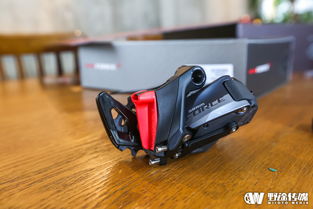
Understanding the Giant Schnauzer Bite Force

The Giant Schnauzer, a breed known for its intelligence and loyalty, also boasts an impressive bite force. This article delves into the details of this remarkable trait, exploring its implications for the dog’s behavior, health, and its historical role as a working dog.
What is Bite Force?

Bite force refers to the amount of pressure a dog can exert with its teeth. It is measured in pounds per square inch (psi) and is an important factor in understanding a dog’s behavior and capabilities. The bite force of a Giant Schnauzer is particularly noteworthy due to its strength and the breed’s historical use as a working dog.
Measuring the Giant Schnauzer’s Bite Force

According to various studies, the average bite force of a Giant Schnauzer is estimated to be around 328 psi. This places them among the top 10 strongest dog breeds. However, it’s important to note that individual bite force can vary, and factors such as age, health, and training can influence this measurement.
The Factors Influencing Bite Force
Several factors contribute to the bite force of a Giant Schnauzer:
| Factor | Description |
|---|---|
| Genetics | The breed’s genetic makeup plays a significant role in determining bite force. |
| Age | Bite force tends to peak in middle age and can decline with age. |
| Health | Good health is essential for maintaining a strong bite force. |
| Training | Training can enhance a dog’s bite force, particularly in working dogs. |
The Role of Bite Force in Behavior
The bite force of a Giant Schnauzer can influence their behavior in several ways:
-
Protection: A strong bite force can be a deterrent to potential threats, making the dog a reliable protector.
-
Play: The breed’s playful nature can be enhanced by their strong bite, as they enjoy tug-of-war and other physical activities.
-
Training: A strong bite force can make training more challenging, requiring a firm yet gentle approach.
The Health Implications of Bite Force
While a strong bite force is a desirable trait for working dogs, it can also pose health risks:
-
Teeth: Excessive force can lead to dental issues, such as fractured teeth or periodontal disease.
-
Jaw: Overuse of the bite force can strain the jaw muscles and lead to temporomandibular joint (TMJ) disorders.
The Historical Role of the Giant Schnauzer
The Giant Schnauzer has a long history as a working dog, particularly in Germany. Their strong bite force made them valuable for various tasks, including:
-
Guarding: The breed’s protective nature and strong bite force made them excellent guard dogs.
-
Herding: Their intelligence and strength allowed them to effectively herd livestock.
-
Search and Rescue: The Giant Schnauzer’s strong bite force and sense of smell made them valuable in search and rescue operations.
Conclusion
The Giant Schnauzer’s bite force is a remarkable trait that has shaped their behavior, health, and historical role as a working dog. While this strength is a testament to the breed’s versatility and loyalty, it also requires careful attention to their dental and jaw health. By understanding the factors influencing their bite force, owners can ensure their Giant Schnauzer remains a healthy and well-behaved companion.



